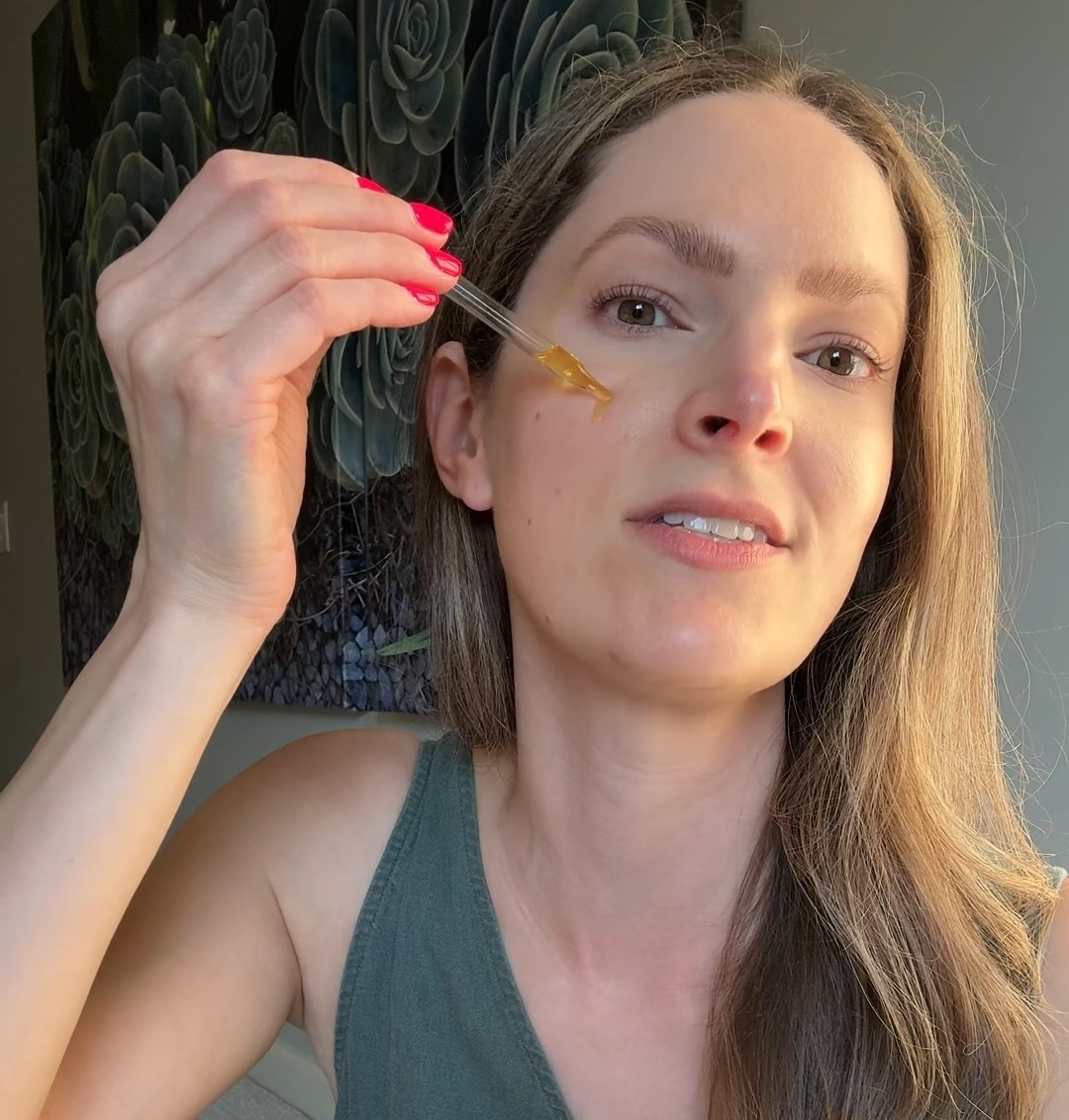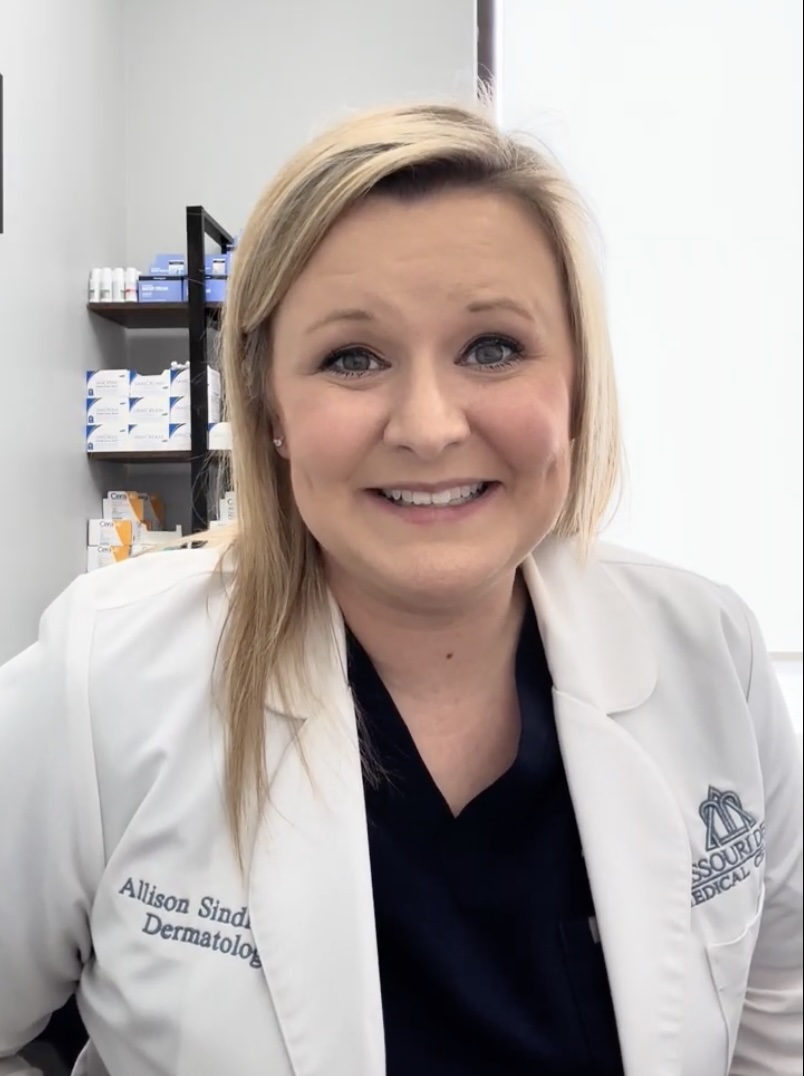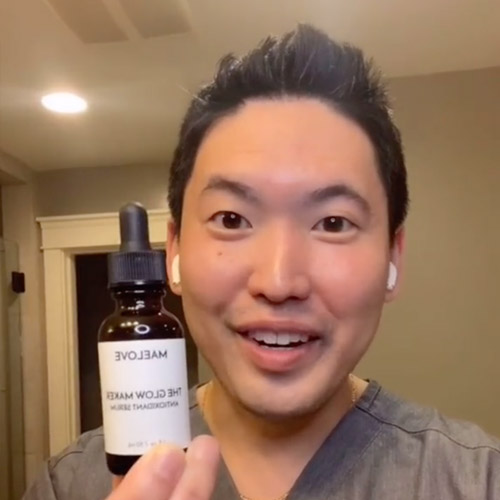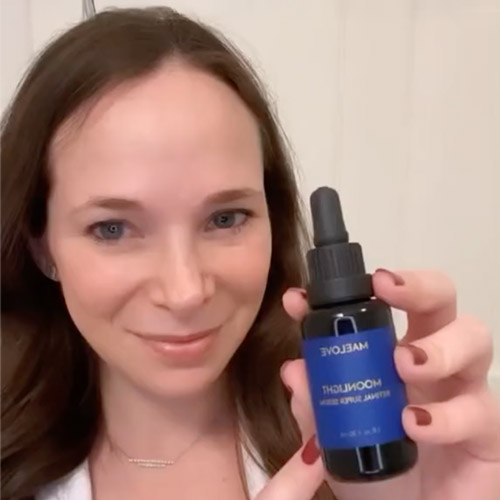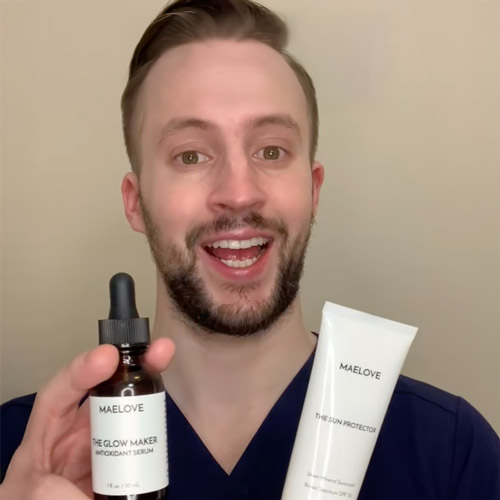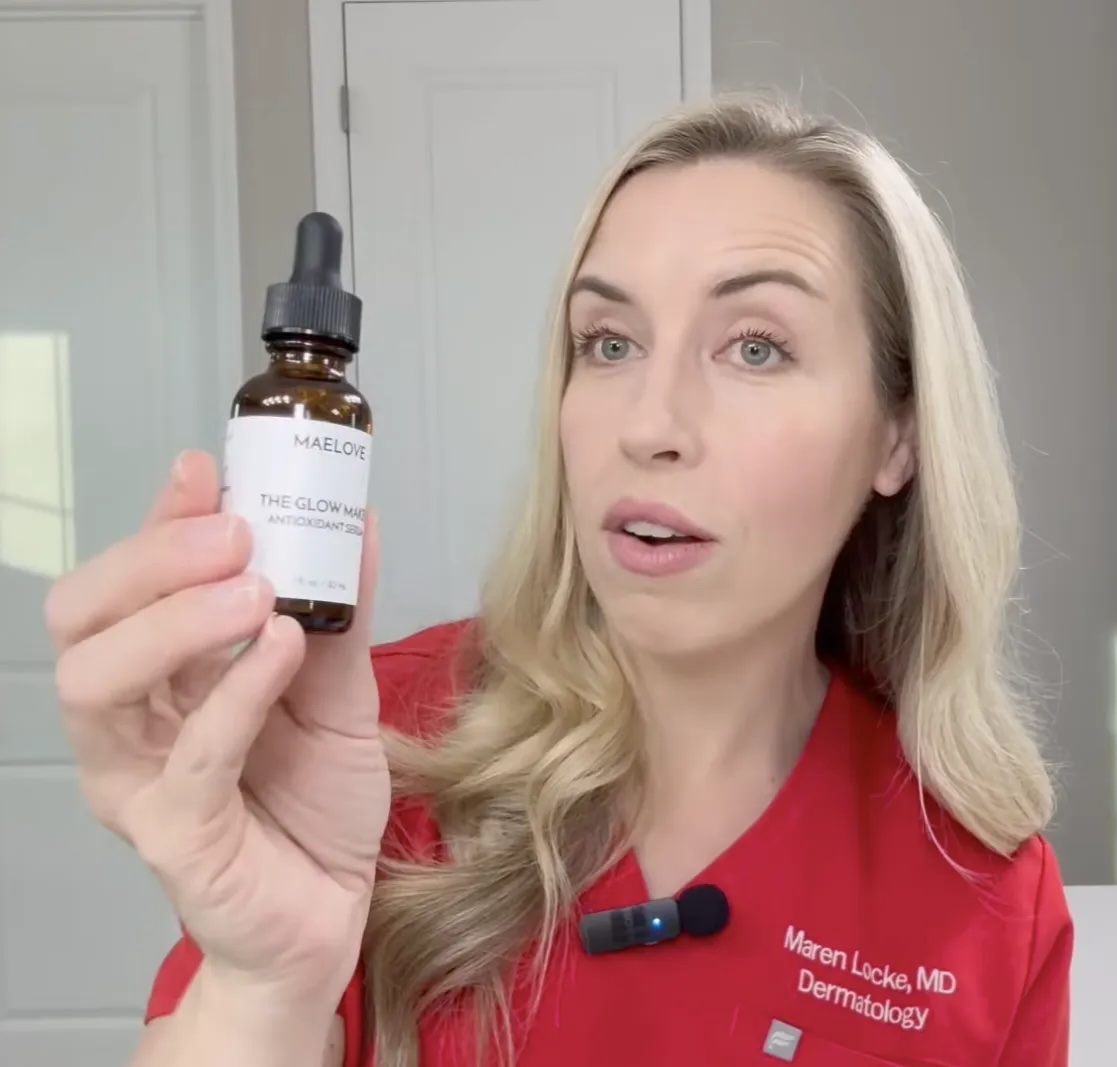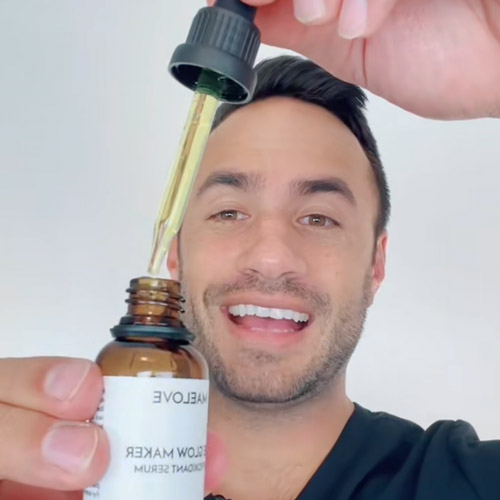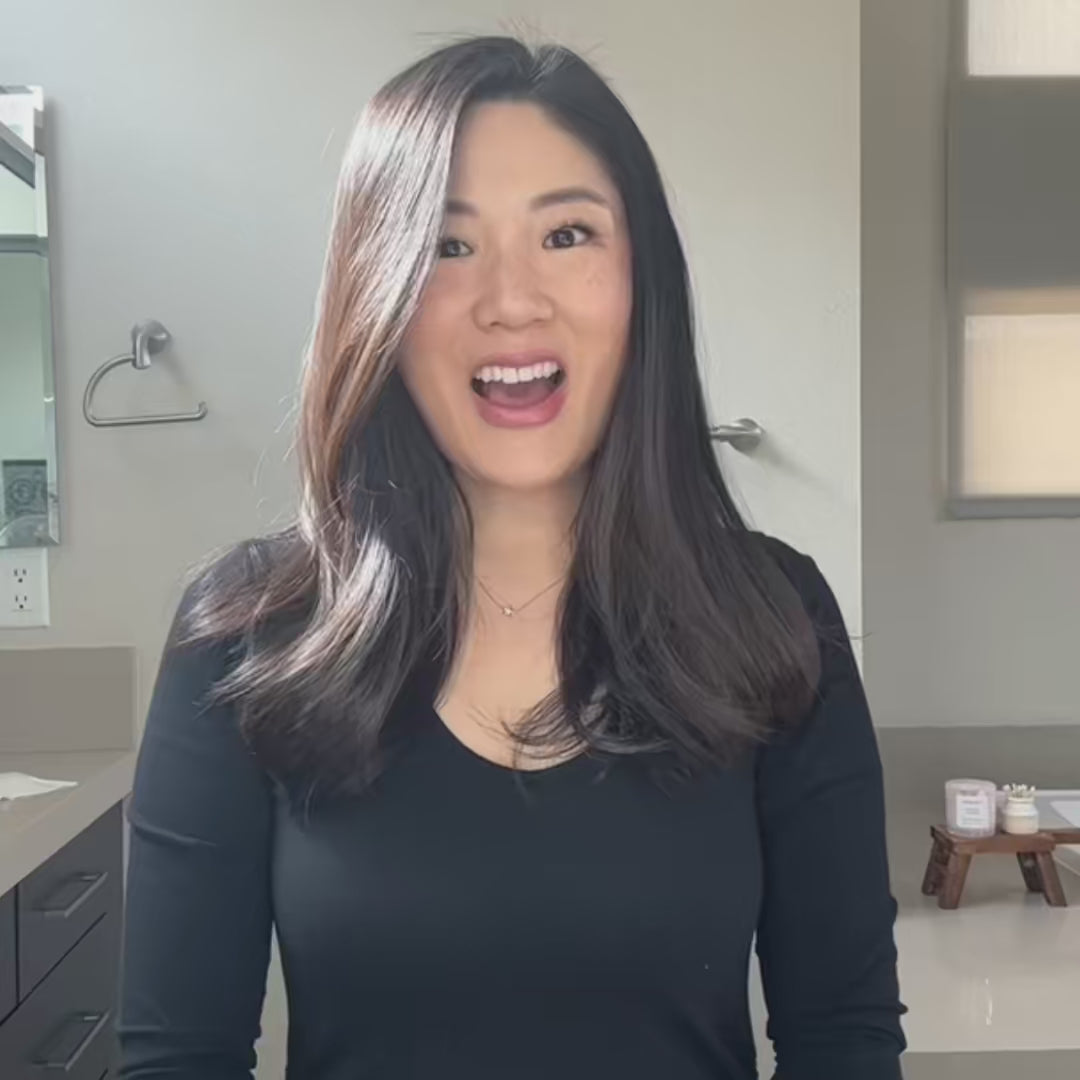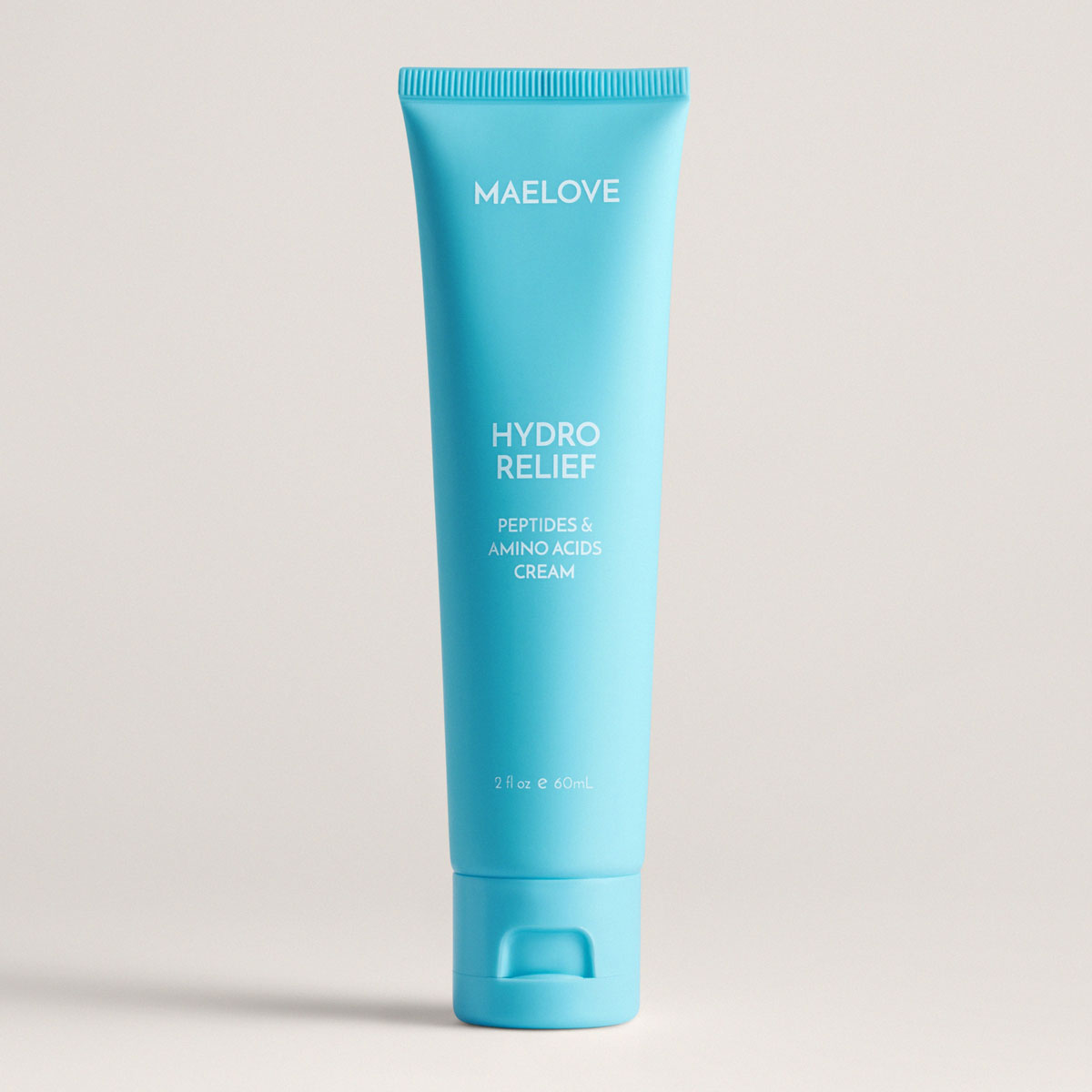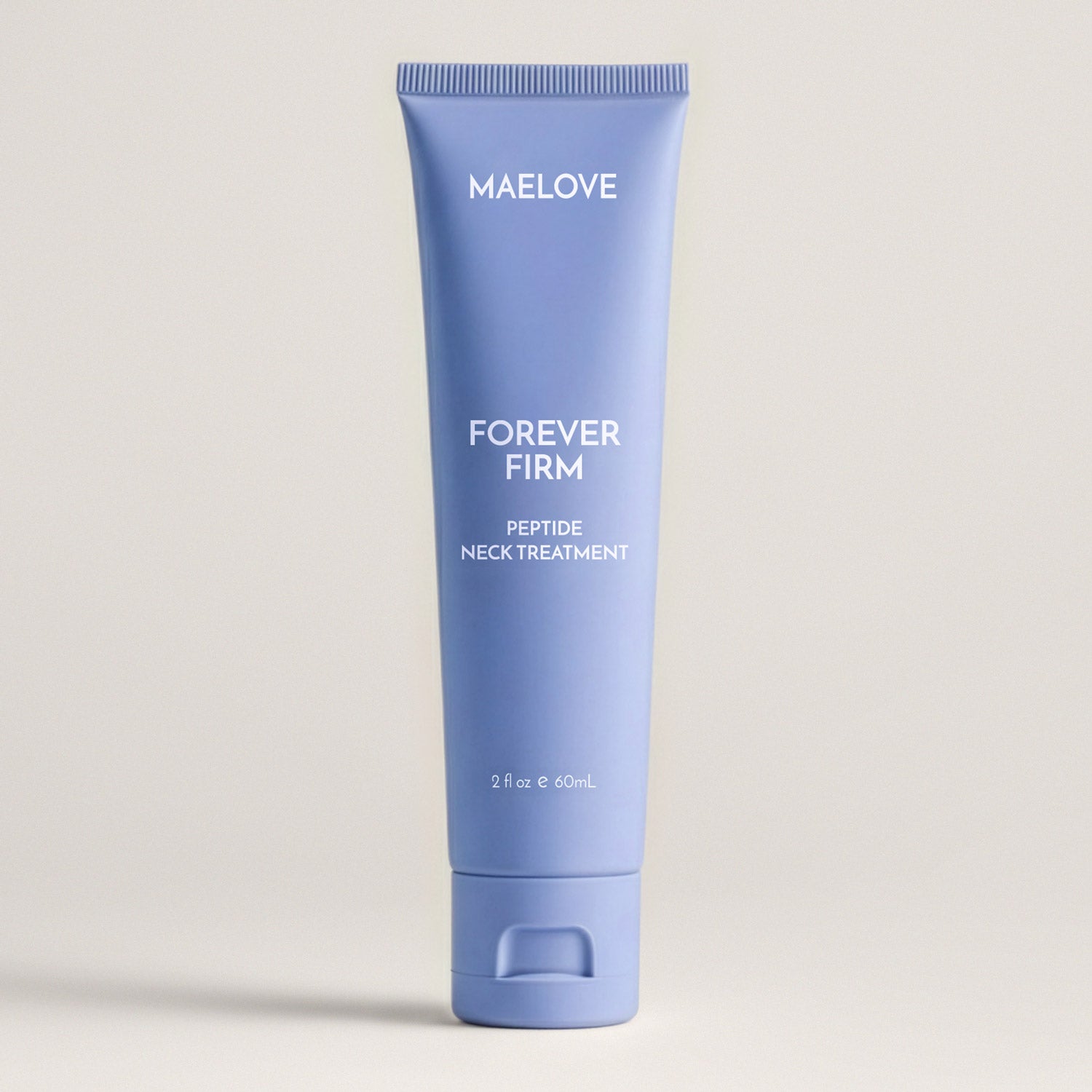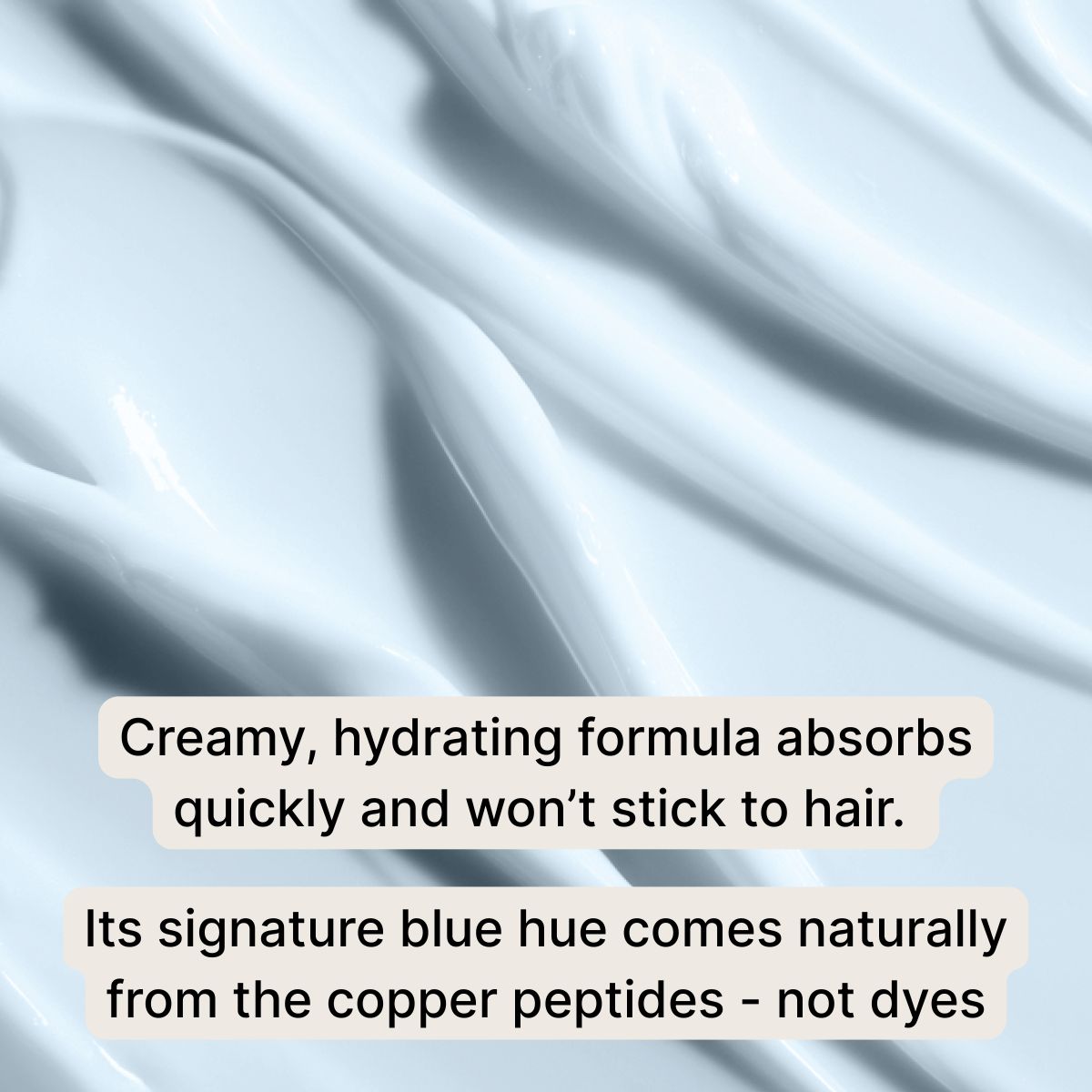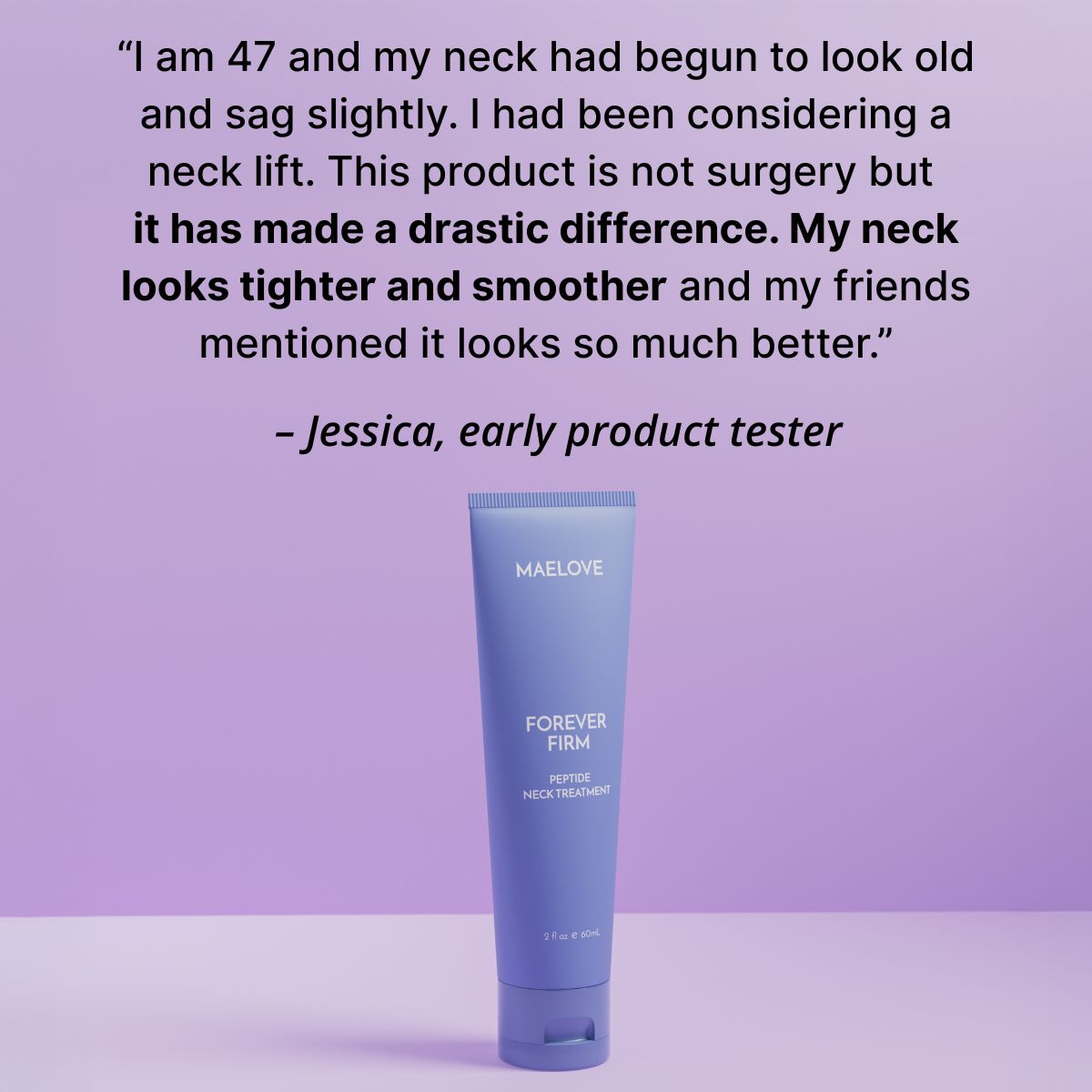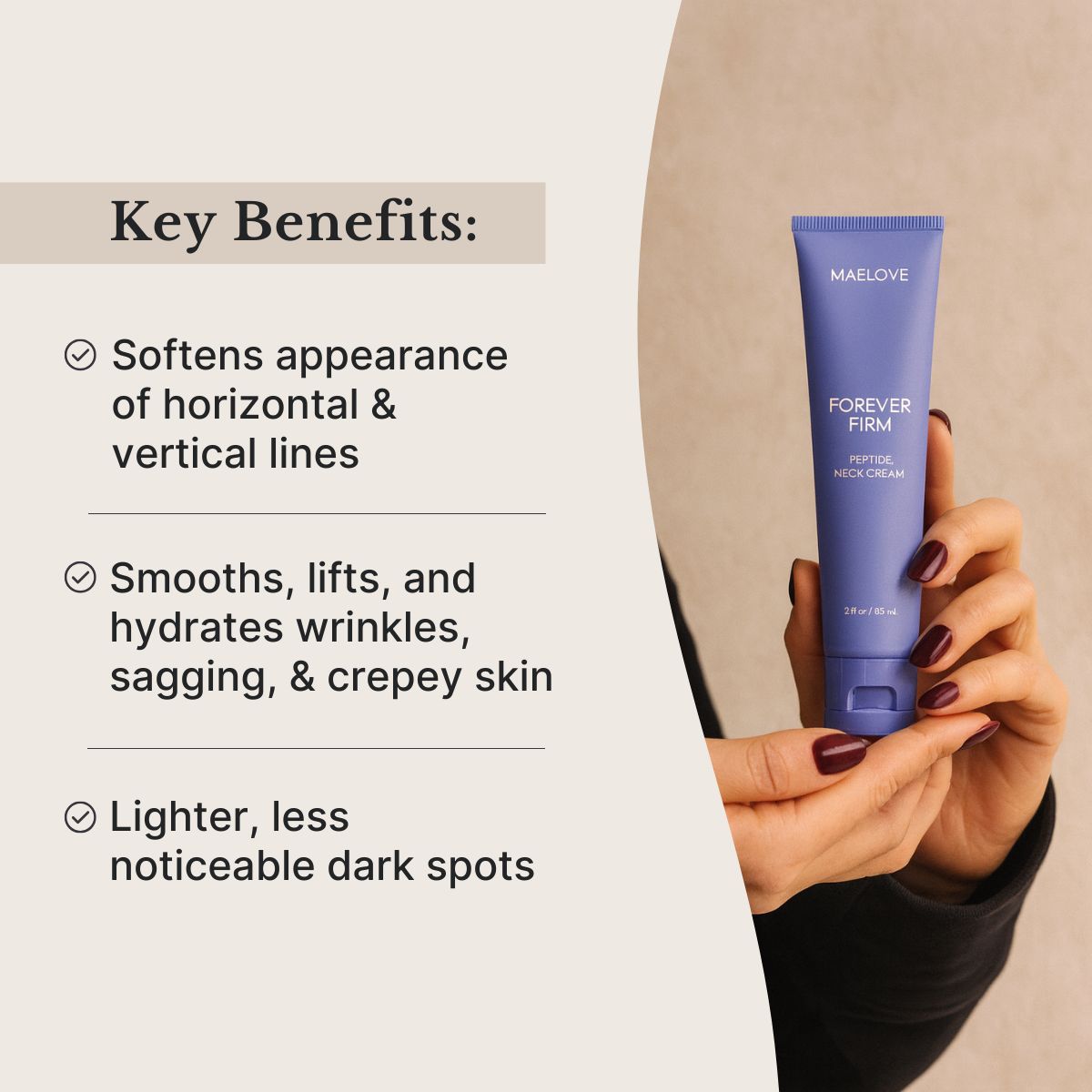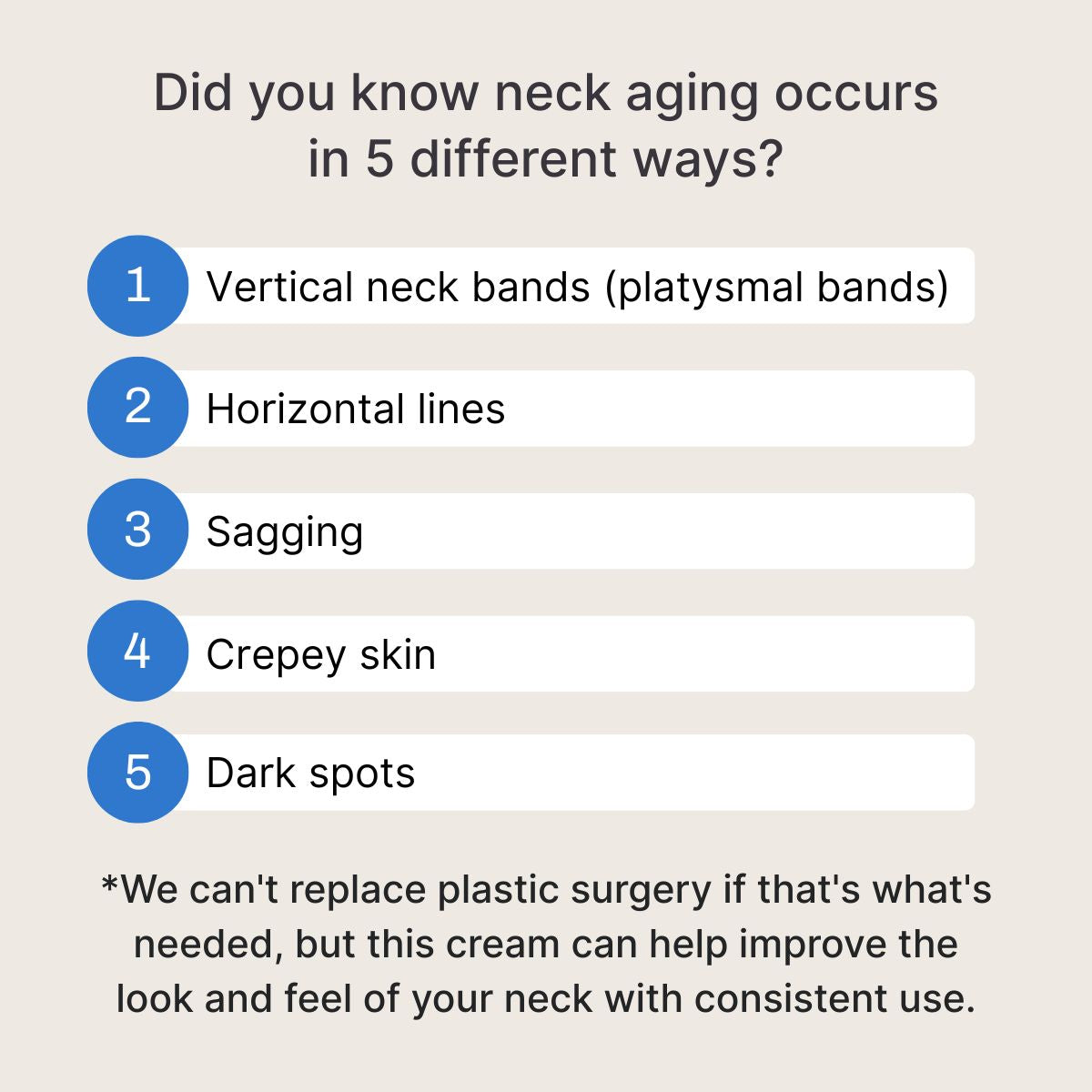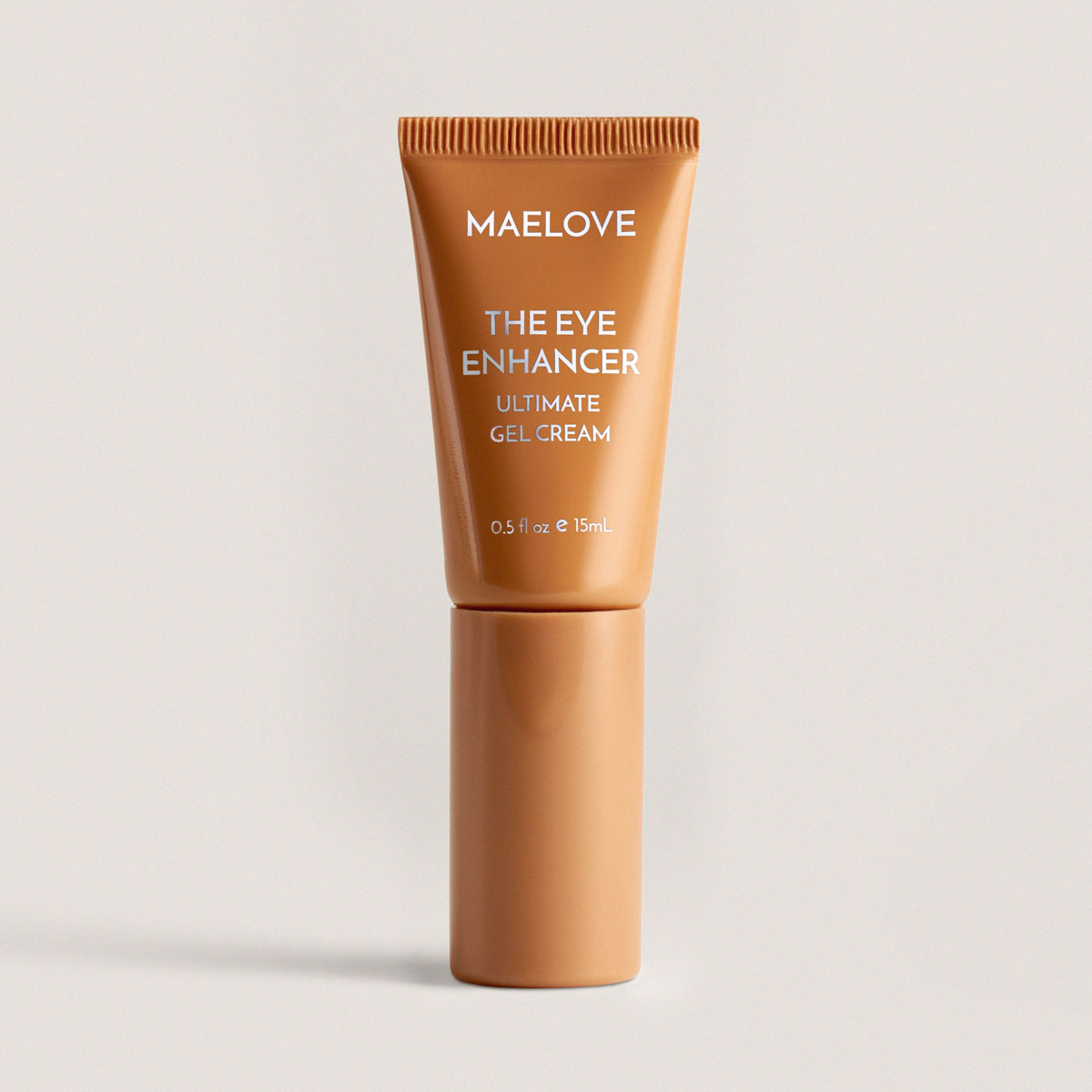






5-Minute Anti-Aging Routine
- Softens fine lines & wrinkles
- Brightens skin tone
- Softens skin texture
- 15% vitamin C (L-ascorbic acid)
- 4 classes of peptides
- Ceramides and cholesterol
- Free shipping in the US
- Modify, skip or cancel any time
- Reminder sent before each shipment
Our simple 5-minute anti-aging routine includes the following:
Sheer Silk Cleanser (3.4 fl oz)
- Gentle cleansing
- Light makeup remover
Glow Maker Vitamin C Serum (1 fl oz)
- Brightens skin complexion
- Provides advanced environmental protection
Peptide Squad Serum (1 fl oz)
- Boosts collagen production
- Increases skin firmness
Hydro Relief Cream (2 fl oz)
- Hydrates skin
- Repairs skin barrier
We firmly stand behind the efficacy of our products, which is why they're backed an industry-leading 100-day Money Back Guarantee.
If you're not 100% happy, return the products within 100 days for a full refund. We'll even cover the return shipping. It's our commitment to ensure that you're completely satisfied with your Maelove journey.
The 4-Step Routine Designed for Real Life
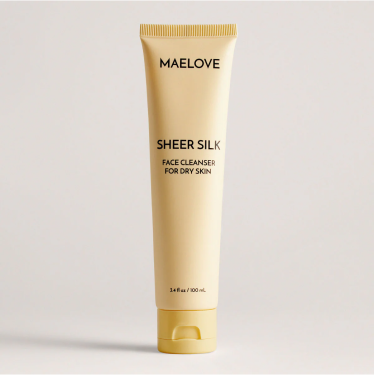
Your routine starts with a silky, cushiony face wash that melts away buildup without stripping your skin.



Sheer Silk Ceramide Cleanser

Sheer Silk Ceramide Cleanser
Your routine starts with a silky, cushiony face wash that melts away buildup without stripping your skin.



2
Protect
Glow Maker Antioxidant Serum
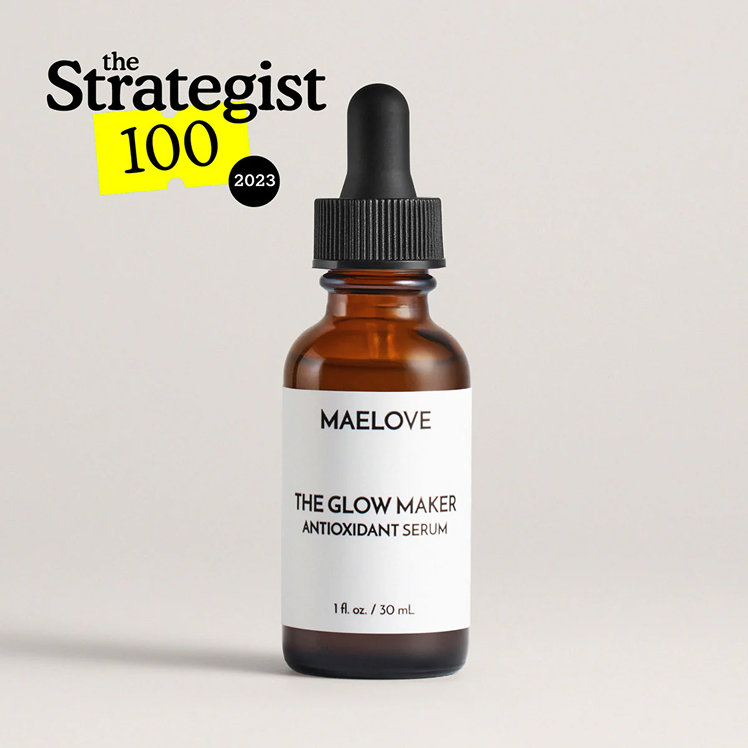
Glow Maker Vitamin C Serum
Comprehensive protection against signs of aging and free-radical damage using a proven blend of Vitamin C, E and Ferulic Acid for glowing skin.

Brightens skin complexion

Provides advanced environmental protection

Softens fine lines & wrinkles
3
Renew
Peptide Squad Collagen Renewal Serum

Peptide Squad Collagen Renewal Serum
The first serum on the market featuring all four classes of peptides, uniquely designed to combat signs of aging from every angle.

Boosts collagen production

Increases skin firmness

Softens fine lines & wrinkles
4
Hydrate
Hydro Relief Peptides Cream
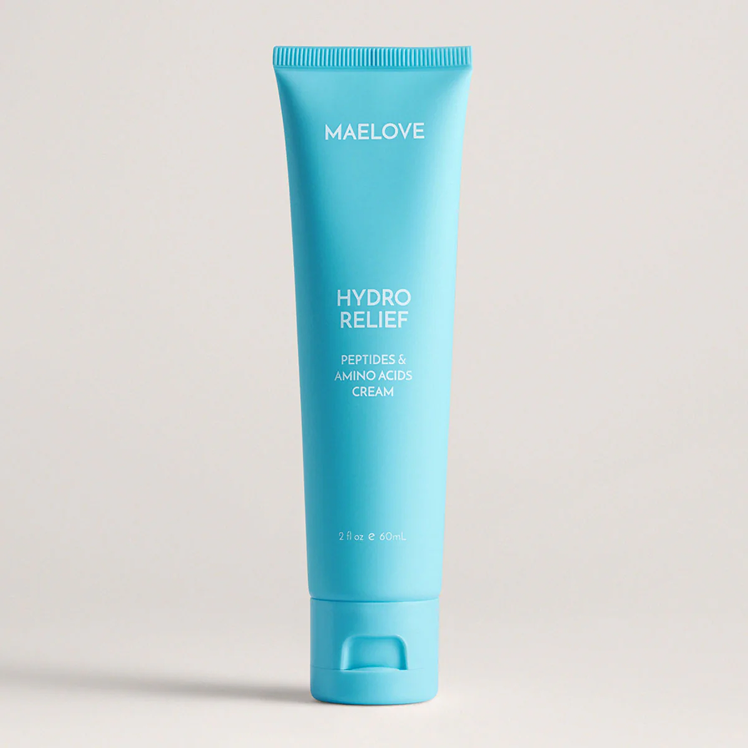
Hydro Relief Peptides & Amino Acids Cream
A deeply nourishing, gentle moisturizer that locks in hydration and calms skin without clogging pores or leaving a greasy residue.

Hydrates skin

Repairs skin barrier

Calms irritation
WHY TOP DERMATOLOGISTS LOVE THIS
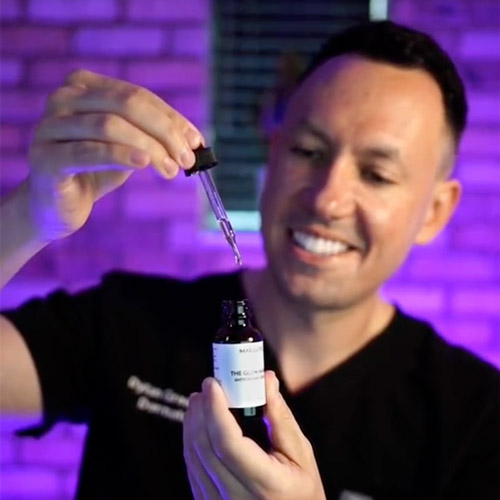
"You can't find a better combination of ingredients for such an affordable price"
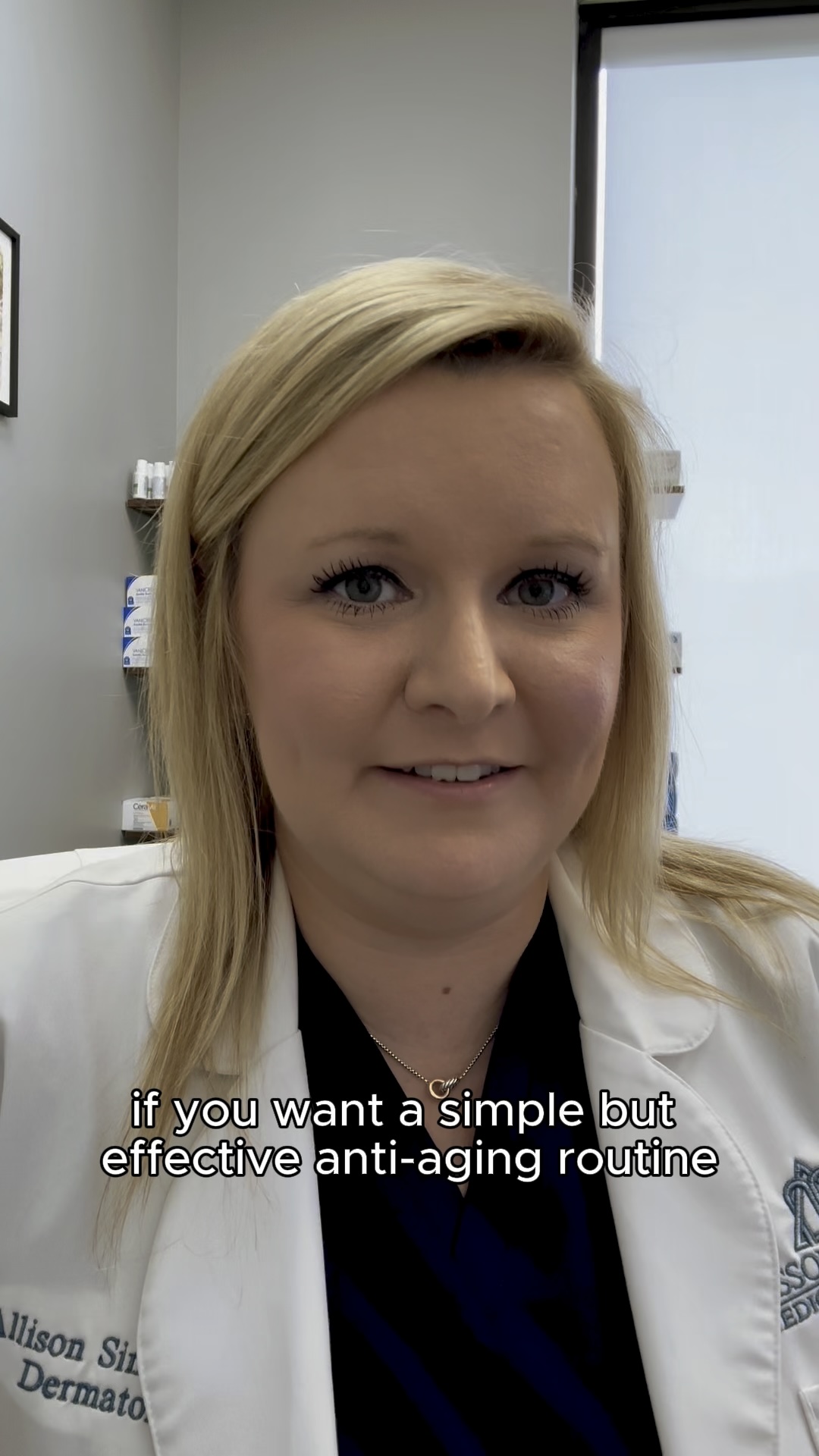
"Maelove has you covered with their new simplified routine"
Dr. Allison Sindle, MD (@dermallimd)
Board Certified Dermatologist
Sheer Silk Cleanser
- A moisturizing blend of ceramides, cholesterol, and hyaluronic acid mimic the benefits of a luxury moisturizer
- Mild coconut-derived cleansing agents allow impurities to be washed away without harming the skin barrier
Glow Maker Serum
- Formulated with a powerhouse trio of 15% L-ascorbic acid, vitamin E, and ferulic acid
- Balanced with a blend of nourishing, skin-barrier supporting ingredients
Peptide Squad Serum
- Contains four categories of science-backed wrinkle-fighting peptides
- Slow-dispersing retinol is ideal for beginners or those with extra-sensitive skin
Hydro Relief Cream
- Rice amino acids and soy peptides replenish moisture levels for a smoother complexion
- Niacinamide (vitamin B3) and panthenol (provitamin B5) fortify the skin's barrier and protect against environmental stressors
Meet the 4-product bundle built for real life: a cleanser, two serums, and a moisturizer. Follow the routine both morning and night.
Your routine starts with Sheer Silk Cleanser — this silky, cushiony face wash melts away buildup without stripping your skin.
After cleansing, apply Glow Maker — a potent, dermatologist-loved vitamin C serum that helps brighten skin, fade dark spots, and revive your glow.
Follow with Peptide Squad — a multi-peptide serum that boosts collagen production, helping to firm skin and smooth wrinkles.
Lastly, moisturize with Hydro Relief — a rich yet non-greasy cream that seals in moisture and keeps skin looking plump, hydrated, and calm.
Sheer Silk
Key Ingredients
Ceramide NP, ceramide AP, phytosphingosine, ceramide EOP, cholesterol, sodium hyaluronate, glycerin
Supporting Ingredients
Hyaluronic Acid, Vitis Vinifera, Aloe, Aurantium Dulcis and Magnolia.
Glow Maker
Key Ingredients
Vitamin C, Vitamin E, Ferulic Acid
Supporting Ingredients
Hyaluronic Acid, Vitis Vinifera, Aloe, Aurantium Dulcis and Magnolia.
Peptide Squad
Key Ingredients
Signal peptides (Matrixyl 3000; Palmitoyl tripeptide-1 and palmitoyl tripeptide-7), neurotransmitter-inhibiting peptides (Argireline; Acetyl hexapeptide-8), carrier peptides (Copper Tripeptide-1), and enzyme inhibitor peptides (Rice peptides).
Supporting Ingredients
Skin barrier supporting, anti-inflammatory, and hydrating ingredients include Niacinamide, panthenol, hyaluronic acid, natural moisturizing factors, ceramides, jojoba oil, and botanical extracts and actives including allantoin, aloe, green tea, turmeric, red algae and polyphenols madecassoside (found in CICA) and bisabolol (found in chamomile).
Hydro Relief
Key Ingredients
Soy peptides, Rice amino acids
Supporting Ingredients
Niacinamide, panthenol, green tea extract, rosemary extract
Show all ingredients
Customer Reviews
For the Curious
Yes! And it's not really a surprise that it does work so well. The 5 Minute Anti-Aging Routine incorporates the core science-backed ingredients for skin aging: Vitamin C and Retinol.
Week 2: Wake up to smoother skin.
Week 4: Your makeup will apply like silk.
Week 9: People will notice your glow before they notice your wrinkles.
The most important anti-aging aspect of topical vitamin C (l-ascorbic acid) is its role as one of nature’s best antioxidants and indeed, one of the primary defenses against UV damage employed by the skin. Under normal conditions, special receptors in the skin pull vitamin C out of your bloodstream to pack your skin full of this protective antioxidant which is also the most plentiful antioxidant in the skin (Pullar et al. 2017). The number one cause of premature aging of the skin is UV damage from the sun’s rays. When your skin is exposed to UV rays, free radicals are spawned. These free radicals are like ricocheting bullets tearing up collagen and even DNA leading to photo-aged skin and skin cancers. Fine lines and wrinkles, sunspots, ruptured blood vessels, enlarged pores, and rough coarse skin are some of the features of photo-aged skin.
Unfortunately, like so many processes that occur with general aging, the vitamin C content in your skin wanes as you age irrespective of diet, as poor blood flow and nutrient delivery start to affect levels. In other words, your natural defenses against UV damage go down with aging. This is where topical supplementation can remedy the situation as the skin absorbs the vitamin C applied at the skin’s surface (Pullar et al. 2017).
A second reason vitamin C is such an excellent anti-aging ingredient is that it boosts collagen production. Collagen is the main structural protein in the skin and its decline and degradation are the main drivers of fine lines and wrinkles. The collagen content in skin decreases over time – roughly 1% per year with accelerated loss post-menopause – leading to wrinkles and sagging as we get older. vitamin C is necessary in collagen production. The ability of topical vitamin C to boost collagen production has been demonstrated in placebo-controlled trials of aged skin in postmenopausal women (Nusgens et al. 2001) and in those with photoaged skin (Traikovitch 1999). Note that the role of vitamin C in collagen production is also responsible for its beneficial role in wound healing and for the skin symptoms of scurvy which results from vitamin C deficiency (Pullar et al. 2017).
This 5 Minute Anti-Aging Routine covers the fundamentals that will get you visible results with a simple routine that includes a serum for the morning, a serum for the evening, and a cream for the evening.
For those who want to really maximize anti-aging actives and are willing to have a slightly more built out routine, we recommend the following:
Add our Peptide Squad collagen renewal serum to your routine will let you take advantage of all four classes of wrinkle-fighting peptides that will really kick-start collagen renewal and inhibit expression lines. This includes signal peptides (Matrixyl 3000), copper peptides (GHK-Cu), neurotransmitter inhibiting peptides (Argireline), and enzyme inhibitor peptides (rice peptides).
Adding our NIA 10 Calming Serum to your routine will incorporate niacinamide (vitamin B3), which is one of the most proven, tried and true anti-aging actives. NIA 10 serum contains 10% niacinamide, and is considered our niacinamide booster serum.
Adding Fade Away Brightening Serum to your routine is advisable if you have dark spots that are one of your primary concerns. It is our hyperpigmentation specialist and contains a trio of depigmenting agents that are hydroquinone alternatives. This trio (alpha-arbutin, kojic acid, licorice root extract) are tyrosinase inhibitors that inhibit the production of melanin from overactive melanocytes. It also contains glutathione, red algae, and a host of botanical extracts that represent antioxidant and anti-inflammatory actives that help to prevent further hyperpigmentation at its source.
Adding Eye Enhancer De-Puffing Peptide cream to your routine can help reduce the dark circles and puffy eye bags underneath your eyes, as well as reduce the expression lines around your eyes. It includes peptides Eyeseryl and Argireline as well as caffeine to specifically target these concerns.
Finally, it is highly advisable to always wear sunscreen during the day. A broad-spectrum SPF 30 product is recommended by the AAD. The Sun Protector is a 100% mineral broad-spectrum SPF 30 sunscreen.
Glow Maker serum, Peptide Squad serum, Sheer Silk cleanser and Hydro Relief moisturize are safe to use during pregnancy and nursing.
You Might Also Like

